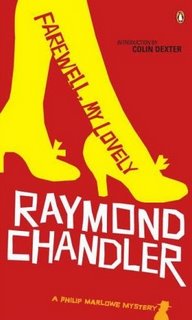 When I was a kid, I read and re-read the "Swallows and Amazons" novels many times. The descriptions of children free to idle their summer holiday's away on the lakes and hills of the Lake District, with their own little sailing boats spoke to me more than anyone could have imagined. Of course, 70 years after they were set, you'd be hard pressed to find a family willing to let their kids play around on Lake Conistan, without life-jackets. Never mind let them camp over night.
When I was a kid, I read and re-read the "Swallows and Amazons" novels many times. The descriptions of children free to idle their summer holiday's away on the lakes and hills of the Lake District, with their own little sailing boats spoke to me more than anyone could have imagined. Of course, 70 years after they were set, you'd be hard pressed to find a family willing to let their kids play around on Lake Conistan, without life-jackets. Never mind let them camp over night.Of the whole series though, there were a couple of novels that sat uneasily with the others. One of these, Peter Duck, is the story of a sailing trip that the Swallows and Amazons undertake, with Captain Flint and the old sea dog Peter Duck.
The trip, predictably for a children's adventure involves pirates, treasure and ship-wreck. It's all told in Ransome's wonderfully simple style.
Ransome was a fascinating man - Russian correspondent for the Manchester Guardian, he ended up marrying (and bringing back to London) Trotsky's secretary, who I believe went on to do quite alot in the British Communist Party. I am privileged to have on my shelves two small volumes of Ransome's memoirs of his time in Russia before and after 1917.
But back to Peter Duck, you see it's a lovely children's tale, perfectly English in its outlook. But what I find strange is the way it's removed from the others in the series. You see the voyage (fantastic and memorable that it must have been - who forgets a waterspout for instance) is never referred to again and the title character, Peter Duck shares a name with one of the children's imaginary friends from an earlier book.
It seems that this is actually an imaginary story, which doesn't fit the other imaginary books - if you know what I mean. From Wikipedia I learn that
"...the story is supposed to be one created by the Swallows and Amazons while staying on a Norfolk wherry with Captain Flint in the winter between the first two books."We also learn that there was an extra chapter explaining this, which were removed from the book but are reprinted in Christina Hardyment's book on Arthur Ransome, Captain Flint's Trunk.
Related Reviews
Ransome - We didn't mean to go to sea
Ransome - Peter Duck
Ransome - Missee Lee
Christina Hardyment - Captain Flint's Trunk


